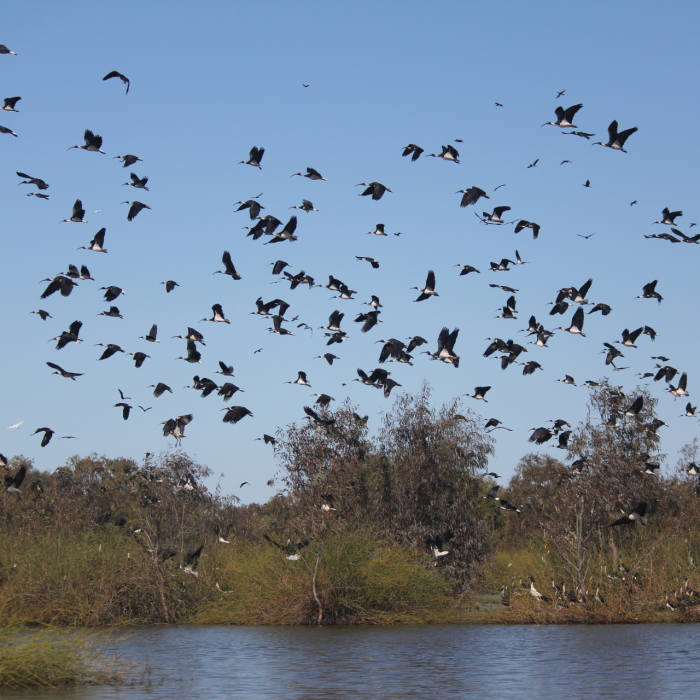Courses

Below are some of the undergraduate courses offered by members of the Centre for Ecosystem Science academic team. Please follow the links for more information on units of credits and course coverage.
-
This is an intensive field course (10 days, 6 unit of credit course) focused on the management of one of the world’s most spectacular ecosystems – the Okavango Delta World Heritage site in Botswana. Upstream pressures to build dams and withdraw water threaten the entire ecosystem. In this course, we partner with Kings College London and Arizona State University (our PLuS Alliance partners) and hopefully the University of Botswana, and so we expect to have students from these institutions resulting in a diverse mix of students and competition for the few places available (last year 6 UNSW students).
The course has run very successfully over the past two years, with students gaining a very rewarding learning experience. The course is jointly coordinated by Professor Richard Kingsford, Dr Neil Jordan and Dr Keith Leggett from BEES and also academics from Arizona State University and Kings College London.
UNSW -
UNSW
BIOS2123 Ecosystem Conservation and Management will facilitate learning of ecosystem conservation and management challenges within Australia alongside industry professionals. Students will acquire a clear understanding of ecosystem science. Students will also gain practical experience and insight into the constraints placed on current conservation strategies through developing a detailed recovery/reintroduction project proposal, and presenting this at a staged stakeholder meeting (made up by rest of the group). This course allows students to apply theoretical concepts to actual conservation management strategies and will produce well-rounded, industry-ready graduates.
Read more about Ecosystem Conservation and Management (BIOS2123)
-
This course provides an introduction to first year level, ecology and sustainability. During the course, we tackle a range of present biological, ecological and environmental issues and look at ways scientists currently approach these topics to solve problems. This course is designed to develop student skills in critically assessing scientific information routinely debated by the public and decision-makers. It provides a strong grounding in today's and tomorrow's environmental problems and the role that science plays in mitigating and providing solutions.
Read more about Ecology and sustainability (BIOS1301)
UNSW -
Advanced Field Biology offers advanced practical training in diversity, systematics, biology and identification of terrestrial animals and plants and aquatic invertebrates. The course is run principally as an intensive one (1) week course at Smiths Lake Field Station during week 0. Students will receive theoretical and practical training in current methods of trapping, collecting and identifying animals and plants, estimation of population size, biodiversity, the conduct of animal surveys, and data analyses. The course coverage will include both vertebrate and invertebrate animals and plants.
Read more about Advanced Field Biology (BIO3601)
UNSW -
The course covers applications of community ecology, population biology and genetics to the management of natural resources, environmental problems and conservation of biodiversity. Principles are conveyed using examples from terrestrial and marine flora and fauna, with a focus on the nature and importance of global diversity, and the design and management of programs for the conservation of species and ecosystems.
Read more about Biodiversity and conservation of natural resources (BIOS6671)
